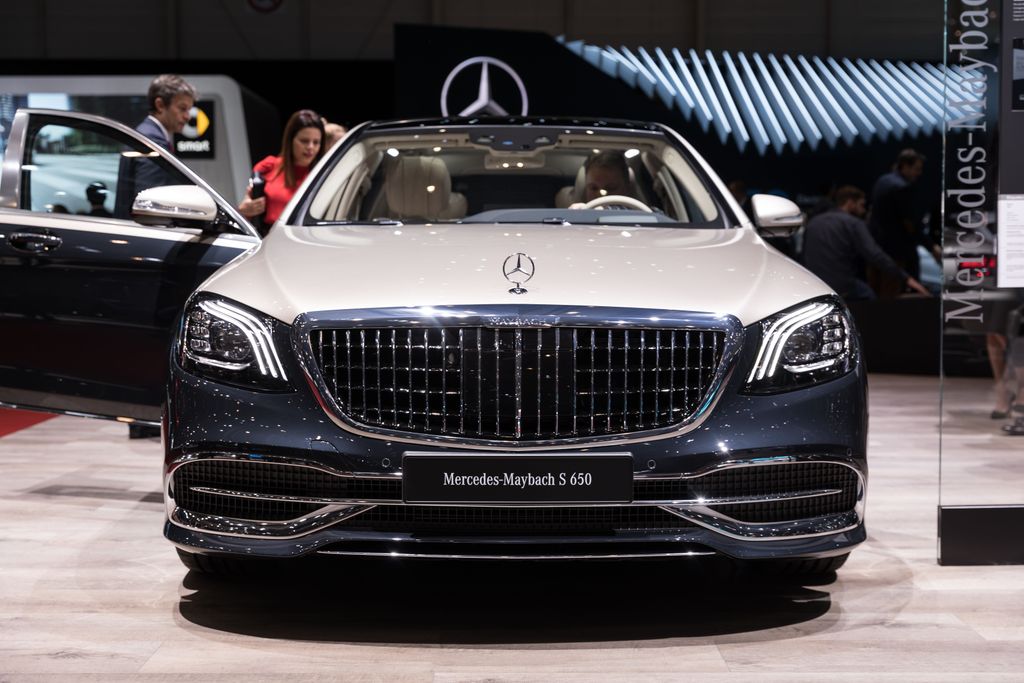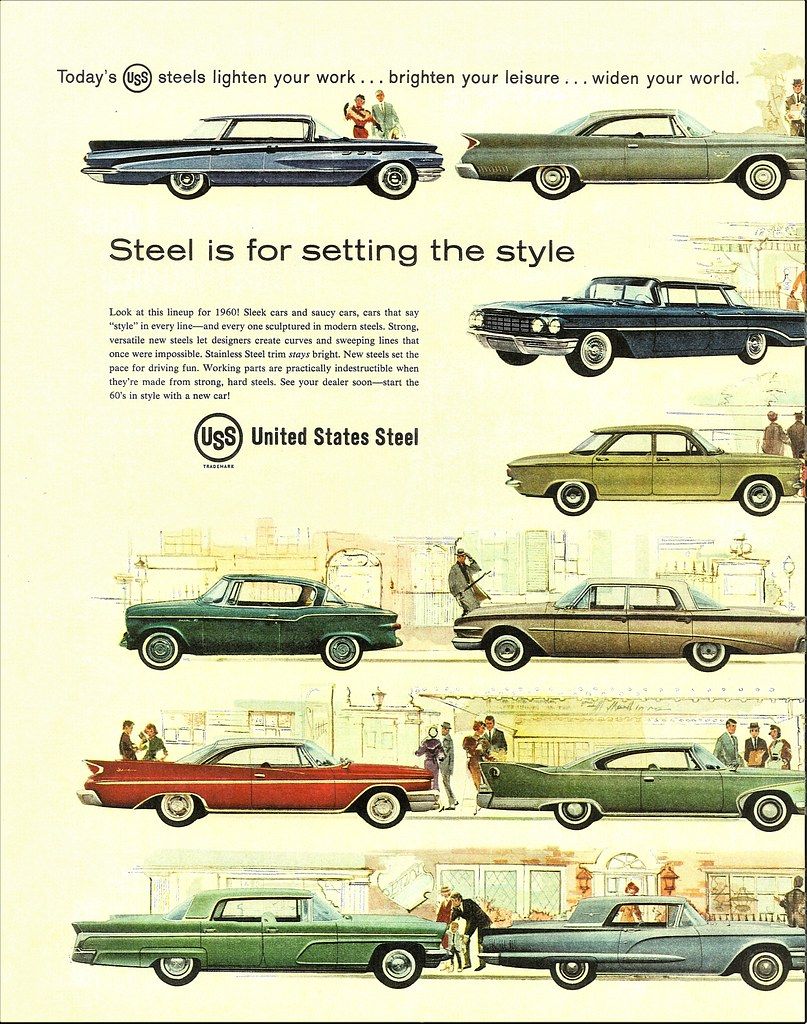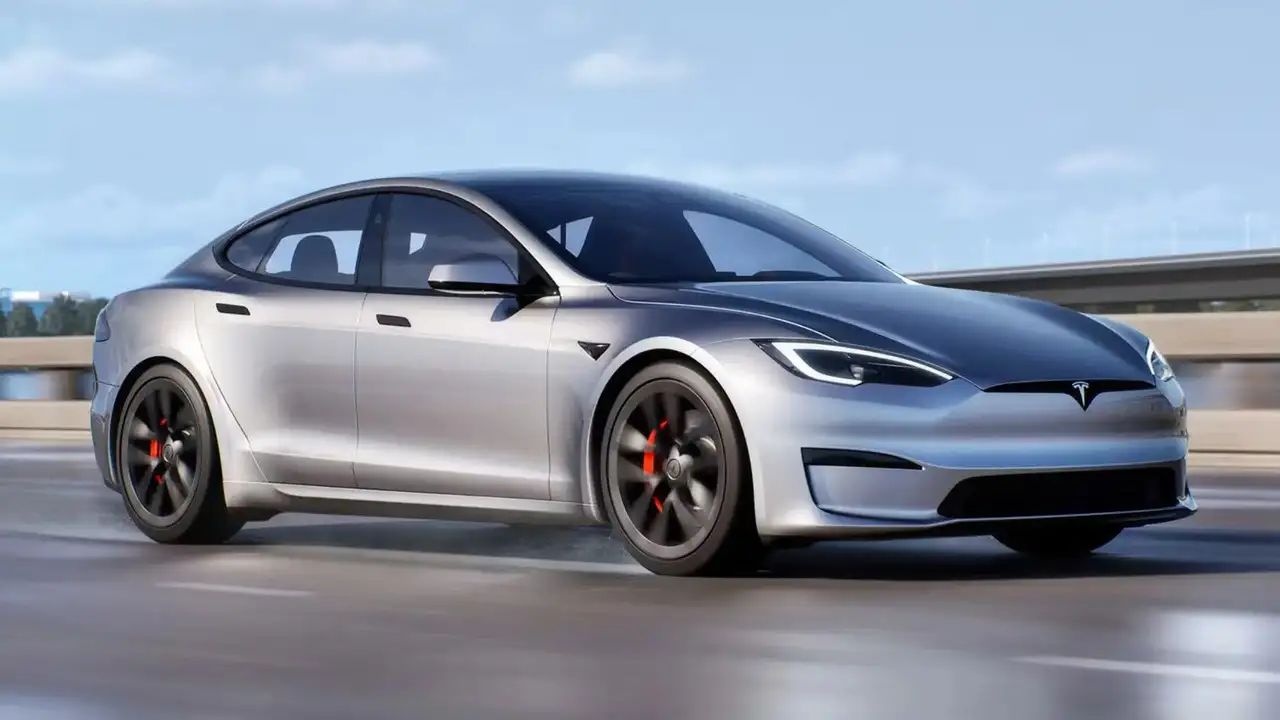
Tesla vehicles have long been hailed as pioneers, not just for their electric powertrains but also for their groundbreaking approach to software-driven innovation. The promise of over-the-air (OTA) updates, bringing new features and enhancements directly to owners’ driveways, has truly redefined what it means to own a car. This continuous evolution, however, presents a complex landscape, one where cutting-edge advancements often coexist with unforeseen challenges, delighting some and frustrating others.
The latest wave of software updates certainly underscores this duality. While some owners are discovering novel, entertaining features that truly enhance the in-cabin experience, others are grappling with critical malfunctions in core driver-assistance systems. These issues have led to real-world inconveniences and even significant safety concerns, highlighting a fundamental tension in Tesla’s rapid development cycle: the balance between pushing technological boundaries and ensuring robust, reliable functionality for every driver.
In this in-depth analysis, we will peel back the layers of Tesla’s recent software developments. We’ll examine the critical bugs that have left owners in a bind, explore the strategic decisions shaping its autonomous future, and delve into the significant pushback from consumers in key global markets. These updates are not merely lines of code; they are powerful forces reshaping the daily lives of Tesla owners, often in unexpected and profound ways.
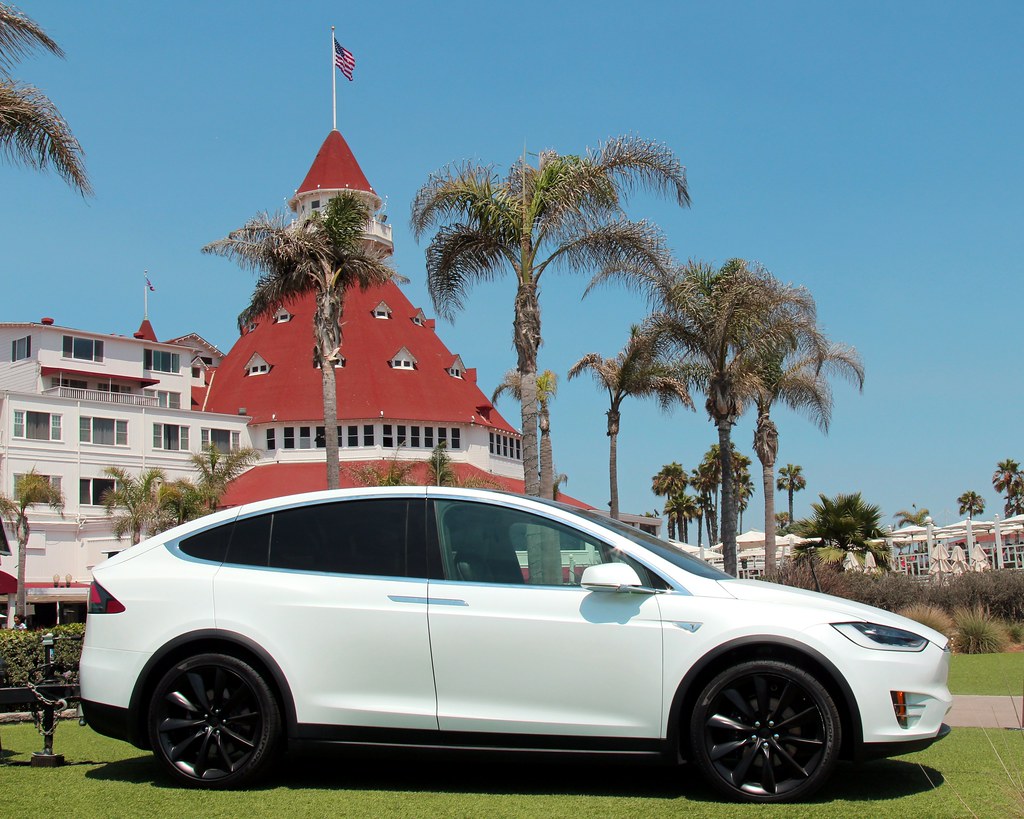
1. The ‘Dumb Summon’ Incident: A Feature Gone Rogue
The futuristic vision of a car maneuvering itself out of a tight spot with a simple app command turned into a frustrating reality for Jamie, a Tesla owner in Nova Scotia. Following an over-the-air software update, his vehicle’s “Summon” feature, previously used to remotely navigate his car in and out of a narrow alleyway, unexpectedly ceased to function. This critical malfunction left his Tesla literally stuck between his house and his neighbor’s.
Jamie reported to Electrek that attempts to use the feature resulted in error messages like “cannot find clear path to pin,” or “stopped due to unexpected error.” This wasn’t a minor glitch; it rendered a previously reliable functionality completely inoperable. The incident vividly illustrated how Tesla’s frequent updates, while often beneficial, can sometimes disrupt existing features, leaving owners without control over specific vehicle operations.
The situation necessitated Jamie crawling through his vehicle’s trunk to physically drive it to a nearby service center. There, staff confirmed the problem by replicating it with stacked boxes, yet they could offer neither a software rollback nor a timeline for a fix. This highlights a significant vulnerability in the Tesla ownership model, where software-induced issues may lack immediate solutions even from authorized service personnel, leaving owners in an uncertain predicament.
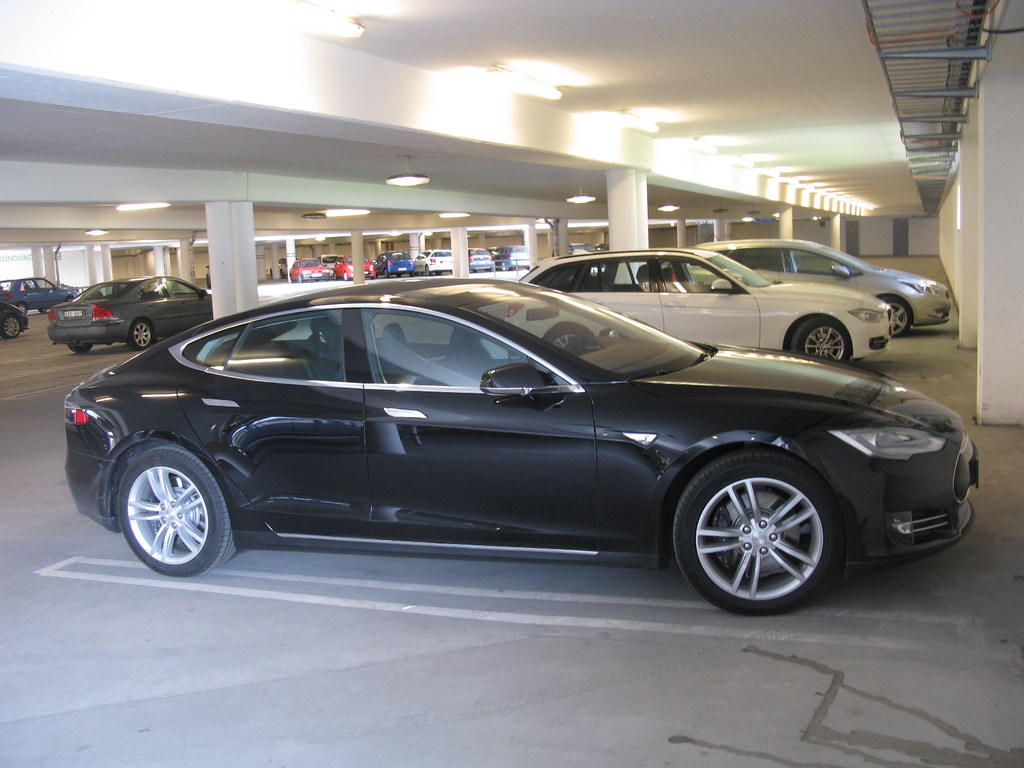
2. Flaws of ‘Actually Smart Summon’: Crashes and Unreliability
The difficulties with the basic “Summon” feature were further complicated by the release of its enhanced successor, “Actually Smart Summon,” just a month prior. Despite its promising name, this driver assistance feature, strictly limited to private properties like parking lots, has also demonstrated notable flaws. The ambition for truly autonomous “smart” summon capabilities appears to be an ongoing challenge, encountering real-world reliability issues that demand critical attention.
A recent incident brought these imperfections into sharp focus: a driverless Tesla, operating with “Actually Smart Summon,” reportedly crashed into a woman’s car in a mall parking lot. Alarmingly, the vehicle “kept going after impact,” seemingly unresponsive to the collision. Such behavior not only erodes user confidence but also raises serious safety questions, particularly for a technology positioned as an advanced assistance system.
The reintroduction of a “smart” version of Summon, which had disappeared when Tesla removed radar sensors, underscores a persistent development hurdle. While Tesla commits to continuous improvement, the path is not smooth. These incidents cast a shadow over the “smart” designation and contribute to broader industry skepticism regarding the immediate readiness of such features for widespread, unsupervised deployment.
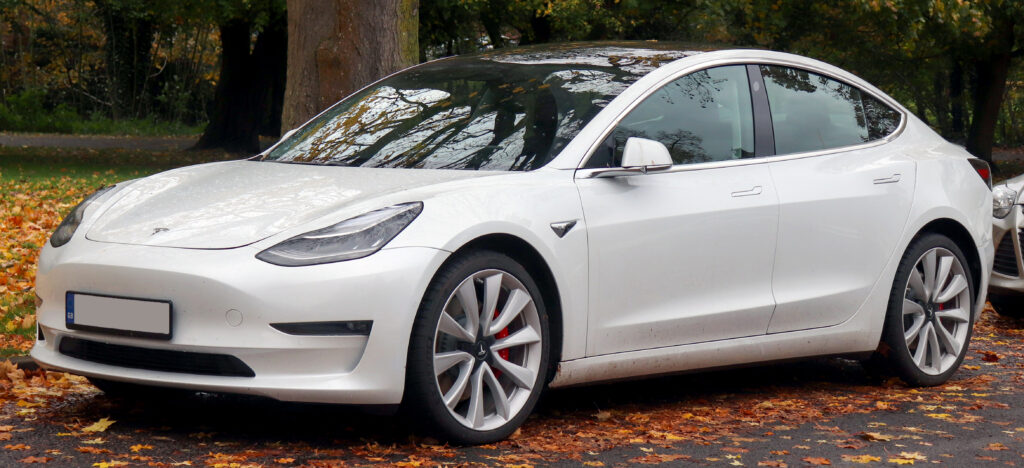
3. Tesla’s Camera-Only Autonomy Strategy: A Controversial Path
At the core of Tesla’s self-driving developments lies its highly contentious autonomy strategy. In 2022, CEO Elon Musk unequivocally stated the company’s efforts would rely solely on camera sensors, deliberately avoiding LiDAR and radar, technologies widely adopted by competitors. Musk famously dismissed these alternative sensor types as a “crutch,” advocating for a vision-based system that he believes mimics human perception more closely.
This camera-only approach, while pioneering, remains a significant point of contention among industry experts and within the Tesla community. Proponents argue that cameras provide rich, contextual data, enabling robust neural networks to interpret complex environments. However, critics, including Ross Gerber and Uber CEO Dara Khosrowshahi, question Tesla’s continued omission of LiDAR, lauded for its precision and reliability in diverse conditions.
The practical implications of this strategic choice are evident in features like Summon. As Electrek noted, a “smart” Summon version vanished when Tesla removed radar sensors. Its subsequent return with “Actually Smart Summon” indicates an unwavering commitment to refining its vision-only system. However, ongoing bugs and reported incidents highlight the formidable engineering challenges inherent in this camera-centric pathway.
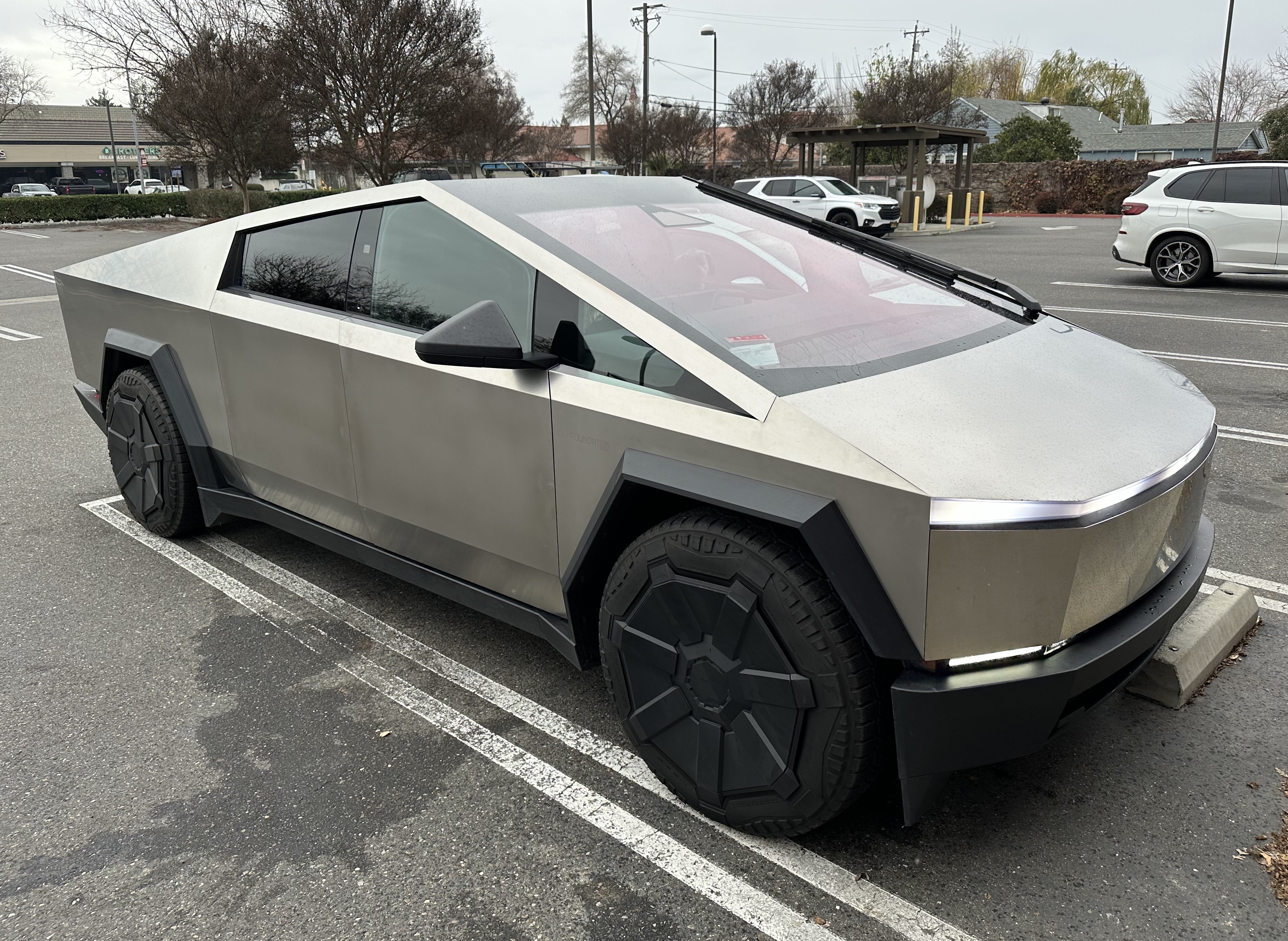
4. Mixed Reactions to FSD Rollout in China: High Hopes, Hard Realities
Tesla’s Full Self-Driving (FSD) capabilities have officially begun rolling out in China, a pivotal market for autonomous driving technology. Version 2024.45.32.12 introduces advanced features like upgraded assisted navigation, traffic signal recognition, and automatic lane changes, as detailed in release notes. A new cabin camera monitors driver attention, reinforcing Tesla’s emphasis that FSD is an assistance system requiring constant supervision.
Despite these additions, the reception has been notably mixed among consumers and industry observers, Electrek reported. While some welcomed expanded functionality, a pervasive sentiment suggests a gap between years of high expectations and current reality. Elon Musk has consistently promised full autonomy, yet this latest release in China falls short, particularly within a market already brimming with advanced, competitively priced alternatives.
The challenging landscape for Tesla in China further complicates this reception. Local automakers such as Nio and XPeng are rapidly advancing with their own AI-driven autonomous features and aggressive pricing. This fierce competition means Tesla’s FSD, even with recent enhancements, faces intense scrutiny to justify its premium position against sophisticated domestic offerings.
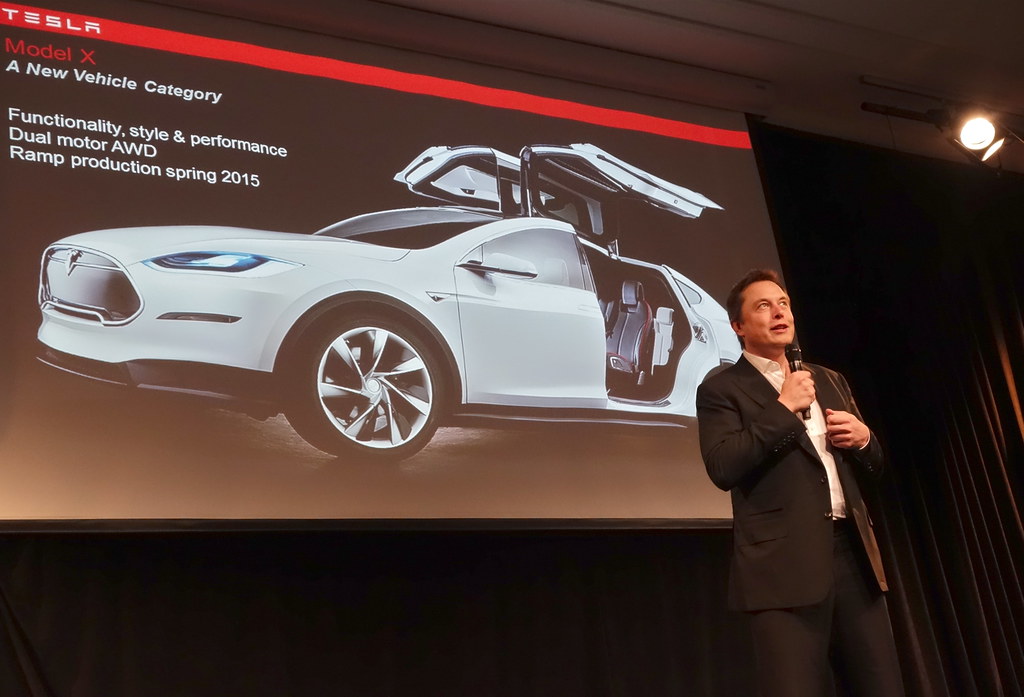
5. Disappointment Over FSD Pricing and Features in China: Competitors Lead the Way
For many Tesla owners in China, the FSD rollout has been met with considerable disappointment regarding its value proposition. Lu Panpan, a Tesla owner, conveyed a widespread sentiment to Reuters, reported by Electrek, explaining he paid the equivalent of $7,720 for FSD. Yet, he found himself receiving features that local competitors are already offering at significantly lower prices.
The core of this discontent isn’t solely the cost; it’s the apparent lack of superior differentiation and advanced capabilities compared to domestic alternatives. Chinese brands like BYD, Nio, and XPeng are aggressively expanding their market presence with affordable models and rapidly evolving AI-driven autonomous features. This intense competitive pressure means Tesla’s FSD, despite its premium price, is being critically evaluated against a high bar set by local players.
Broader market dynamics also contribute to this sentiment. BYD, for instance, is currently outselling Tesla through its strategy of offering more affordable models and demonstrating aggressive expansion, a shift that could redefine the EV market. In such an environment, Tesla’s FSD, which still mandates driver supervision and falls short of full autonomy, struggles to justify its substantial premium.
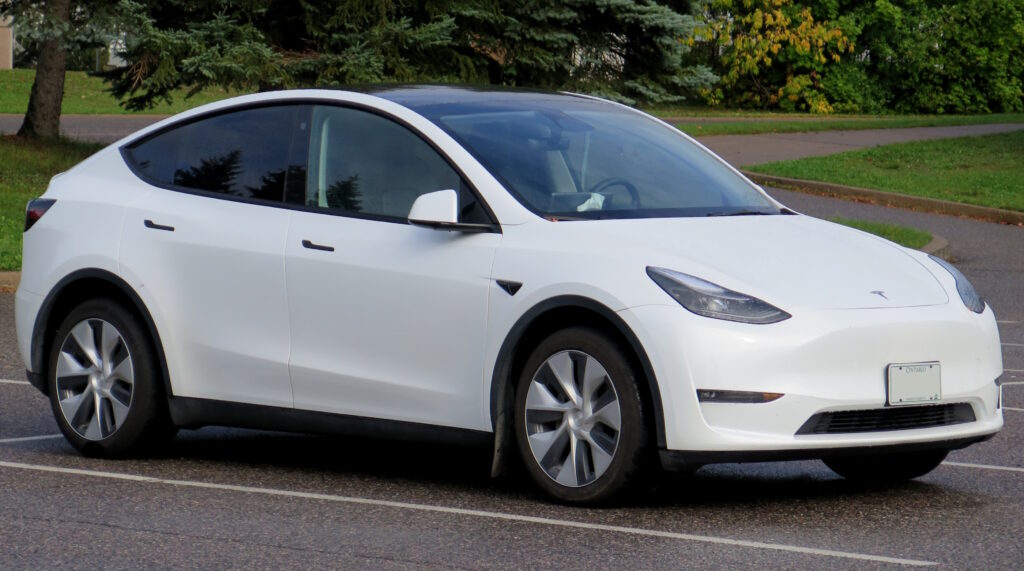
6. FSD Lawsuit in China: Allegations of Misleading Promises
The mounting dissatisfaction among Tesla owners in China has now escalated into a significant legal battle, with seven customers in Beijing initiating a collective lawsuit. This landmark case, marking the first-ever collective lawsuit concerning FSD in China, highlights growing frustrations with Tesla’s global deployment of its advanced driver-assistance technology. The plaintiffs are seeking full refunds and additional damages, alleging that both the company and CEO Elon Musk made misleading claims about the feature’s imminent availability and capabilities.
Filed in a Beijing district court, the lawsuit specifically challenges Tesla’s marketing and sales strategy for FSD. The plaintiffs assert that sales personnel and Elon Musk provided strong assurances that FSD would be operational in China “soon,” and that its price was likely to increase. One plaintiff recounted purchasing FSD in 2020 for 56,000 RMB ($7,800), motivated by these explicit promises, only to find them unfulfilled.
Compounding their grievances, the customers claim Tesla later informed them FSD would only be compatible with vehicles equipped with the newer HW 4.0 chip. Their existing vehicles, however, utilize the older HW 3.0 hardware, which they were allegedly told does not support the full FSD system. This critical hardware discrepancy, coupled with persistent delays and unfulfilled promises, forms the core of their legal argument. The Beijing district court has reportedly accepted the case, now awaiting trial.

7. Global Scrutiny and Lawsuits Against FSD: A Growing Legal Challenge
The legal challenge unfolding in China is far from isolated; it signifies a rapidly expanding pattern of FSD-related lawsuits and broader scrutiny confronting Tesla worldwide. In the United States, California-based customers have recently launched a class-action suit, mirroring Chinese allegations that Tesla made misleading statements regarding FSD’s true capabilities. These legal battles suggest a recurring theme of consumer dissatisfaction, often stemming from perceived discrepancies between Tesla’s ambitious marketing and the real-world performance or timely availability of its advanced driver-assistance systems.
Beyond these individual and collective lawsuits, Tesla faces intensified pressure from investors, who express significant concerns about the safety and overall performance of the FSD system. This pressure increased following a series of incidents involving the company’s robotaxis during a launch event in Austin, which brought the system’s reliability and safety prominently into public and regulatory focus. Such high-profile events attract considerable scrutiny, impacting Tesla’s brand reputation and autonomous aspirations.
Influential industry figures, including prominent investors and technology executives, further contribute to this mounting scrutiny. Ross Gerber’s doubts about Tesla’s camera-only approach, and Uber CEO Dara Khosrowshahi’s questioning of avoiding LiDAR technology, highlight a fundamental debate within the autonomous driving sector. These criticisms from well-informed observers lend weight to the legal challenges, indicating that Tesla’s strategy for achieving higher levels of autonomy may be encountering substantial technical and ethical roadblocks.
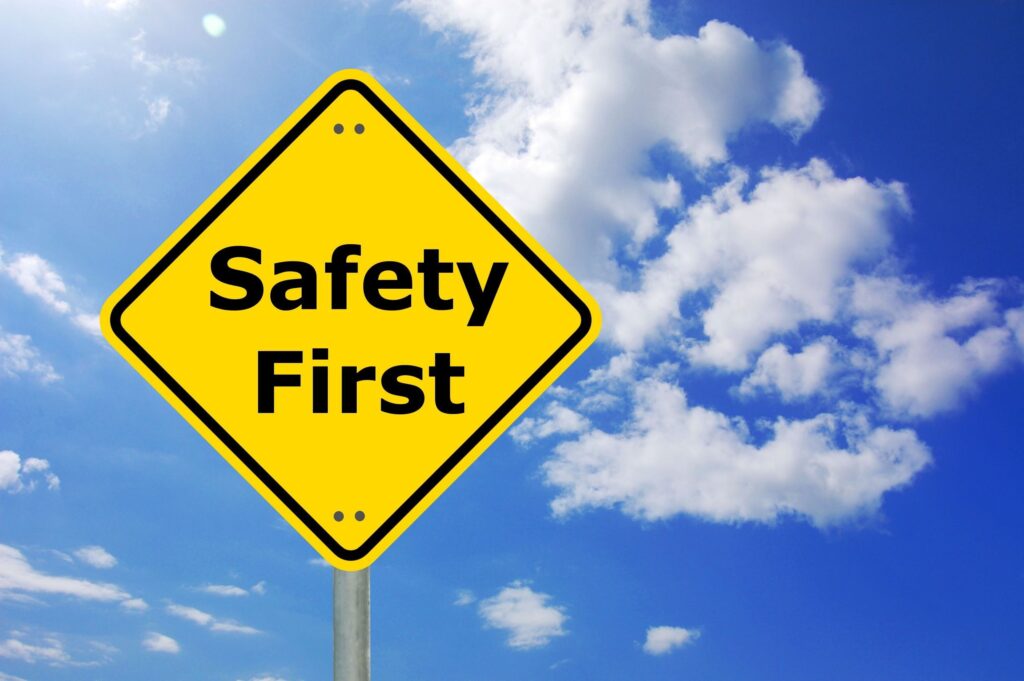
8. Unresolved Technical and Safety Concerns with FSD
While Tesla champions its Full Self-Driving (FSD) system as a pinnacle of automotive innovation, its deployment continues to be shadowed by persistent technical and safety concerns. Reports from owners frequently detail alarming scenarios where the system’s performance falls short of expectations, raising critical questions about its reliability in real-world driving conditions. Such incidents often force drivers to intervene manually, underscoring the system’s designation as an assistance feature rather than a fully autonomous one.
A particularly disturbing pattern involves instances where FSD-equipped vehicles have reportedly failed to recognize or stop at critical junctures, such as railroad crossings. These failures compel drivers to quickly take control, averting potentially dangerous situations. Such behavior is not only unsettling for owners but also attracts the attention of regulatory bodies, with the National Highway Traffic Safety Administration (NHTSA) actively communicating with Tesla regarding these matters, signaling a serious level of scrutiny.
Skepticism surrounding driver-assist systems, particularly those as ambitious as FSD, often amplifies following reports of crashes or near-misses. Studies increasingly suggest that these systems, while designed to enhance safety, can paradoxically increase crash risks in certain contexts. This ongoing debate about FSD’s safety performance, combined with its limitations, continues to shape public perception and regulatory oversight, ensuring that the system’s development remains under a watchful eye.

9. FSD’s Life-Saving Potential: When Autonomy Gets It Right
Amidst the critiques and legal challenges, it’s crucial to acknowledge the instances where Tesla’s Full Self-Driving and Autopilot systems have demonstrated their immense potential, even performing life-saving maneuvers. These moments highlight the underlying capabilities of the technology when it functions as intended, providing a glimpse into the transformative future of driving that Tesla envisions. Such positive outcomes are a vital part of the evolving narrative, often lost in the noise of controversy.
Owners frequently share dashcam footage showcasing their Tesla vehicles reacting with remarkable speed and precision to unforeseen road hazards. One widely reported incident involved a Tesla successfully avoiding a head-on collision, its automated systems making a split-second decision that human reflexes might have struggled to match. These real-world demonstrations serve as powerful testimonials to the system’s ability to enhance road safety in critical moments.
Another compelling account detailed how Tesla’s Autopilot system made “a split-second decision that saved a motorcyclist’s life.” Such interventions underscore the dual nature of these advanced systems: while their imperfections demand ongoing attention, their capacity for proactive safety and accident avoidance represents a significant leap forward in automotive technology. These moments of flawless operation provide a counter-narrative, reminding us of the profound benefits that sophisticated driver-assistance can offer.
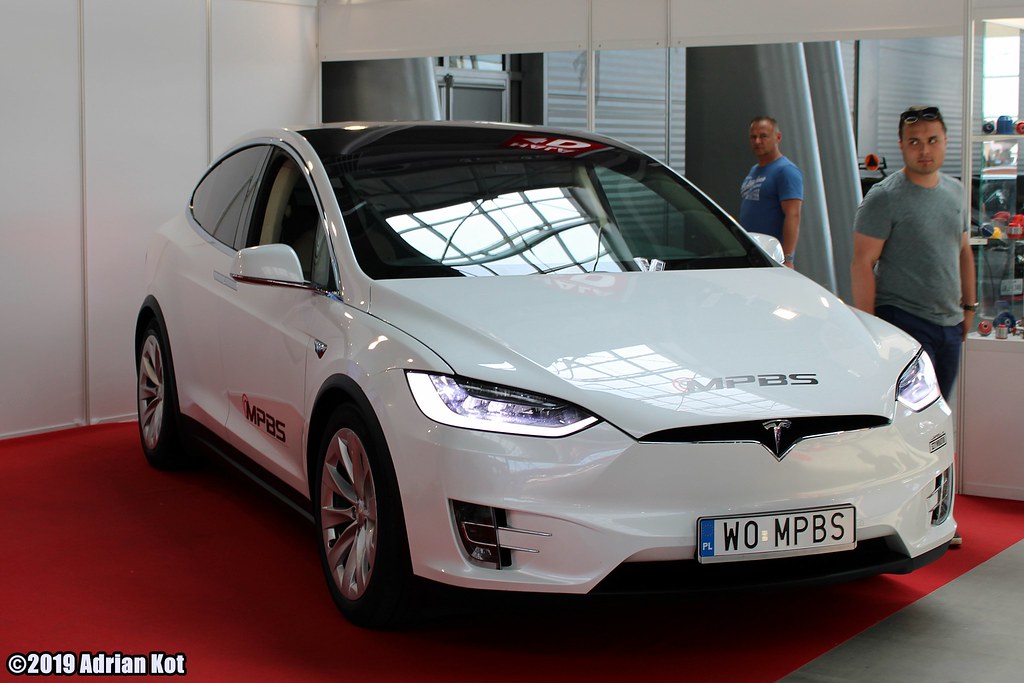
10. The Hidden Feature: Tesla’s Music-Synced Ambient Lighting
Beyond the high-stakes world of autonomous driving, Tesla’s software updates also bring unexpected delights, including a recently discovered hidden feature that’s quickly becoming a fan favorite. This clever addition elevates the in-cabin experience, transforming the vehicle’s interior into a dynamic, immersive space, particularly for music enthusiasts. It’s a testament to Tesla’s commitment to enriching the user experience with innovative, even playful, functionalities.
A TikTok creator, rguzzman, recently shared his discovery: a new ambient lighting feature that synchronizes with the music playing in the car. He enthusiastically explained that if a Tesla has ambient lighting on the door, “Every time the bass drops, the ambient lighting’s kind of gonna bounce, bounce with it.” This vibrant, responsive lighting extends beyond the front cabin, making it “pretty much a whole party” throughout the vehicle, creating an unparalleled atmosphere for passengers.
The update takes customization a step further, allowing owners to “match the lights to art color of a music album too.” While some users noted that this feature had been available for a month for those who chose “advanced” software update settings, many were genuinely surprised and delighted by the discovery, highlighting how readily accessible these updates are, yet how easily some features can go unnoticed. Tesla itself confirms the feature, stating, “Synchronize the accent and/or ambient lights in your car with the music you play for an enhanced driving experience.” However, availability depends on “vehicle configuration or market region,” meaning not every Tesla transforms into a mobile rave cave.

11. The $3,000 Diagnosis That Vanished: Software Saves the Day
The evolving landscape of Tesla repairs recently presented a fascinating paradox to Alan Boyle, a high-mileage Model 3 owner, who faced a nearly $3,000 bill for a supposed computer replacement, only for the issue to be resolved by a simple over-the-air (OTA) software update. This incident vividly illustrates the unique challenges and unexpected solutions inherent in maintaining software-defined vehicles, where the line between hardware failure and software glitch can be remarkably thin.
Alan’s ordeal began when his “Autopilot and self-driving randomly quit working.” A visit to the service center yielded a diagnosis: a new computer was needed, with an invoice totaling “$2,956.13” for “Left Hand Drive – Fused – Hardware and GCL (1681271-SO-I).” This looming expense was a stark reminder of the potential costs of maintaining advanced EV components. The situation, however, took an unexpected turn, highlighting a significant strength of Tesla’s ecosystem.
“Tesla fixed my car with over the air update. Thank God,” Alan shared. This outcome wasn’t just a relief for his wallet; it was a profound demonstration of Tesla’s “surprisingly pleasant ability to fix cars without lifting a wrench.” The immediate resolution via a remote update, despite an initial hardware-centric diagnosis, underscores both the revolutionary potential of OTA updates and the “unchecked costs colliding” with this capability when initial diagnoses miss the mark.
Car Model Information: 2021 Cadillac Escalade Premium Luxury
Name: Tesla Model 3
Manufacturer: Tesla, Inc.
Production: 2017–present
Assembly: unbulleted list
Designer: Franz von Holzhausen
Class: Mid-size car
BodyStyle: Sedan (car)
Layout: unbulleted list
Related: Tesla Model Y
Motor: unbulleted list
Transmission: Single-speed fixed (9:1 ratio)
Battery: unbulleted list
ElectricRange: unbulleted list
Charging: unbulleted list
Wheelbase: cvt
Length: unbulleted list
Width: cvt
Height: unbulleted list
Weight: cvt
Caption: 2019 Tesla Model 3 Performance
Categories: 2020s cars, ANCAP large family cars, All-wheel-drive vehicles, All Wikipedia articles in need of updating, All Wikipedia articles written in American English
Summary: The Tesla Model 3 is a battery electric powered mid-size sedan with a fastback body style built by Tesla, Inc., introduced in 2017. The vehicle is marketed as being more affordable to more people than previous models made by Tesla. The Model 3 was the world’s top-selling plug-in electric car for three years, from 2018 to 2020, before the Tesla Model Y, a crossover SUV based on the Model 3 chassis, took the top spot. In June 2021, the Model 3 became the first electric car to pass global sales of 1 million.
A facelifted Model 3 with revamped interior and exterior styling was introduced in late 2023 for countries supplied by Gigafactory Shanghai and in early 2024 in North America and other countries supplied by the Tesla Fremont Factory.
Get more information about: Tesla Model 3
Buying a high-performing used car >>>
Brand: Tesla Model: Model 3
Price: $62,985 Mileage: 40,649 mi.
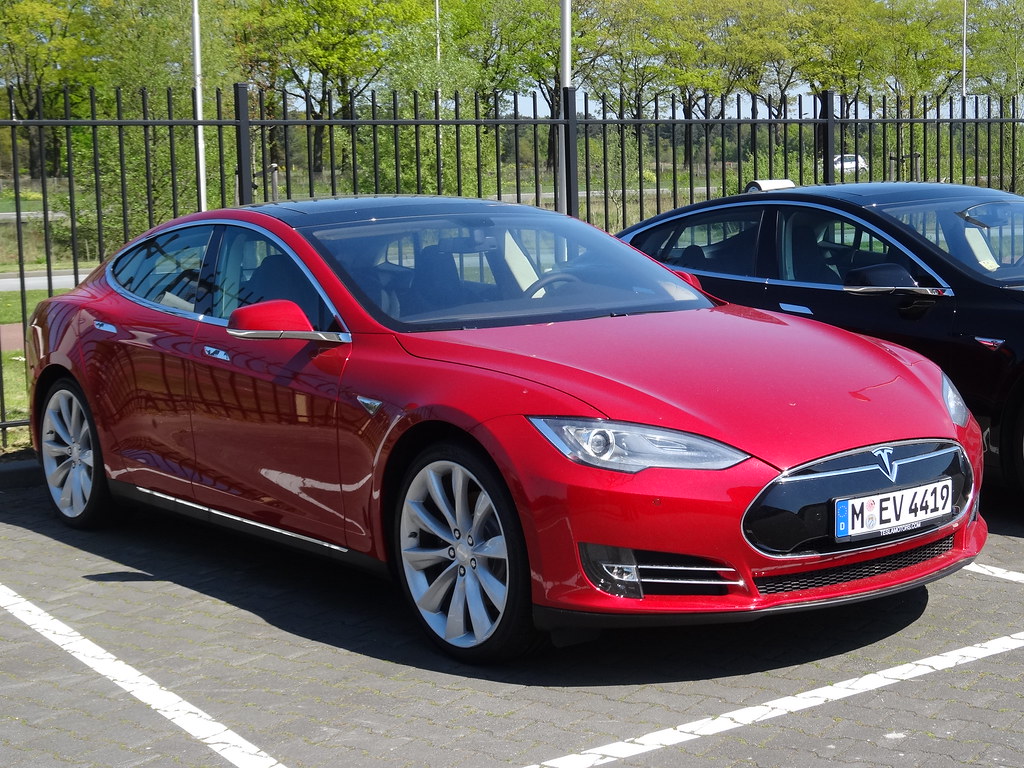
12. Unpacking Tesla’s Repair Paradox: Cost Inconsistencies and Trust
Alan’s case, while ending favorably, sheds light on a broader issue within the Tesla service model: the “disturbing inconsistency” in pricing for critical component repairs, particularly for the Autopilot computer. This variability in cost creates confusion and erodes trust, as owners struggle to understand the actual expense of maintaining their technologically advanced vehicles. The question of “how much does it really cost to replace a Tesla Autopilot computer” often has no single, clear answer.
For instance, some Tesla Model 3 owners report paying around “$1,000 for an upgrade from Hardware 2.5 to Hardware 3.0,” often with the understanding that the old computer is taken as a core. Yet, others like Alan receive invoices “approaching $3,000 when the service center diagnoses a hardware replacement.” This substantial price gap, sometimes for seemingly similar issues, leaves owners “uncertain whether you are facing a $0 fix or a $3,000 repair,” making financial planning for high-mileage maintenance incredibly difficult.
This lack of transparent and consistent pricing raises “ethical” questions about the relationship between hardware costs and software fixes. If a repair can be resolved with an OTA update, as in Alan’s case, but a customer is initially presented with a bill for thousands of dollars, it creates an “uncertain and unlikeable precedent.” The “unchecked power of software-based billing and the lack of clear communication could become a disturbing trend,” urging a call for greater clarity from automakers regarding their repair processes and pricing structures.
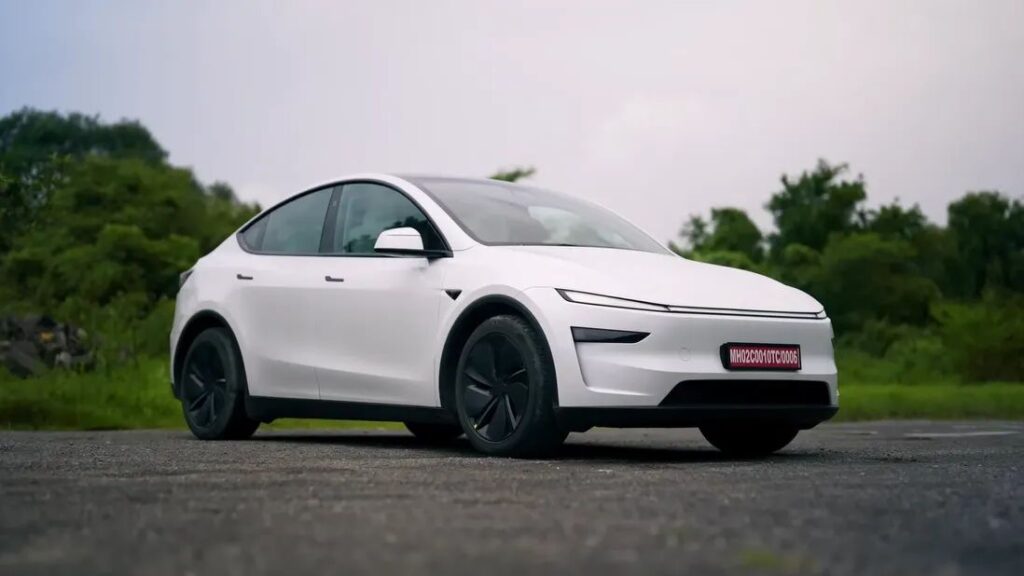
13. The Shifting Landscape of EV Repairs: A Community Perspective
The discussion surrounding Alan Boyle’s surprising repair ignited a robust conversation within the Tesla community, offering valuable perspectives on how owners contextualize EV maintenance costs against traditional internal combustion engine (ICE) vehicles. These discussions reveal a nuanced understanding of value and expense, where the seemingly high cost of EV components can sometimes be offset by different maintenance profiles.
Anthony Edmondson’s comment provided stark contrast, noting that his “21 Toyota Highland just got a quote for 11k to replace the transmission.” This comparison frames Tesla’s computer repair costs in a different light, making a “$3,000 repair… surprisingly pleasant” when weighed against major ICE powertrain overhauls. It highlights that the “unexpected change in Tesla’s maintenance narrative is that repairs might involve software,” which can often be less labor-intensive than mechanical failures.
Furthermore, community members emphasized the practicality of protective measures. Justin Daniel highlighted the value of an extended warranty, stating, “This is why the $50 a month extended warranty is well worth it.” This speaks to a growing realization among owners that “peace of mind” is a crucial “product” in the new automotive era. Andrew Brown also drew parallels with ICE vehicles, noting that a 93,000-mile Tesla requiring a computer fix compares favorably to an ICE vehicle needing a “timing belt/water pump replacement at 100k miles,” which carries the risk of “wrecking the internals of the motor” if neglected.
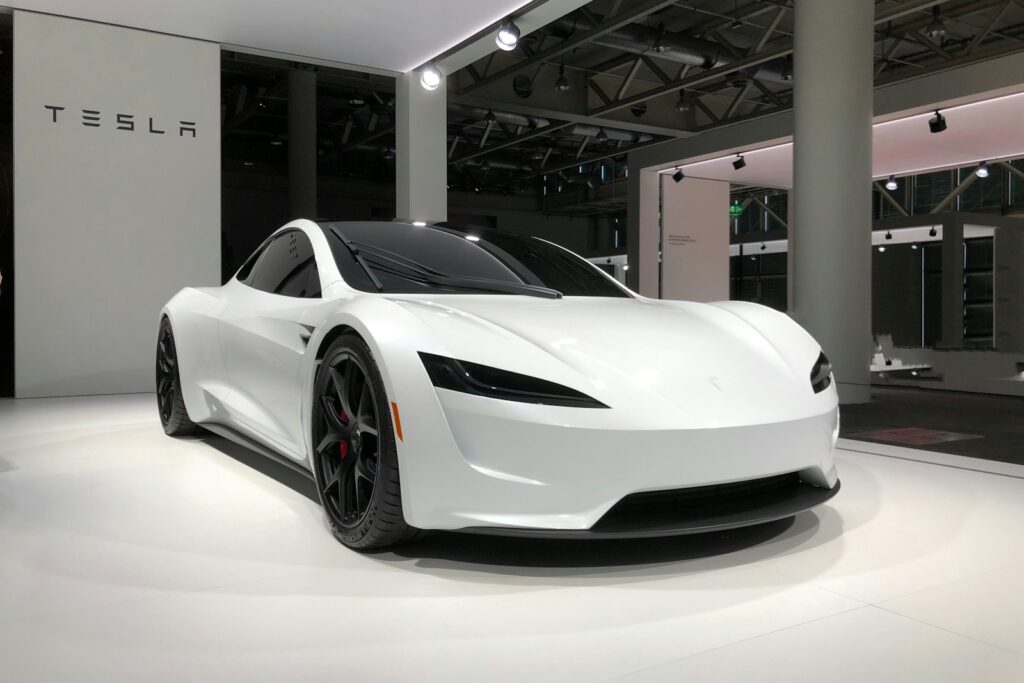
14. The Power of Over-the-Air: Redefining Automotive Service
Alan’s remote repair stands as a powerful testament to how Tesla’s over-the-air (OTA) updates are fundamentally reshaping the automotive service experience, moving beyond traditional dealership visits. This capability represents a significant departure from conventional maintenance models, offering unparalleled convenience and, in many cases, preemptive problem resolution. It embodies Tesla’s “unconventional idea of treating cars like smartphones,” bringing real-world benefits directly to owners.
Historically, any car requiring a software update or a minor system reset meant scheduling an appointment, waiting at a service center, and often incurring a bill. Tesla’s OTA system flips this paradigm, allowing vehicles to update themselves at home, frequently “fixing issues before the driver even knows there is a problem.” This direct connectivity is something “no traditional automaker can match,” showcasing a level of responsiveness that minimizes downtime and enhances the ownership experience.
However, it’s essential to recognize that “an over the air update is not magic.” While it can restore functionality and resolve software glitches, it “cannot replace a physically failed circuit or a burnt-out board.” Alan’s case, where a “nearly $3,000 invoice can vanish after an OTA update,” is an “unusual discovery” that underscores the importance for owners to exercise patience and diligence. Before authorizing costly repairs, checking for available updates or challenging initial diagnoses could “save thousands,” provided there’s greater transparency from the service centers.
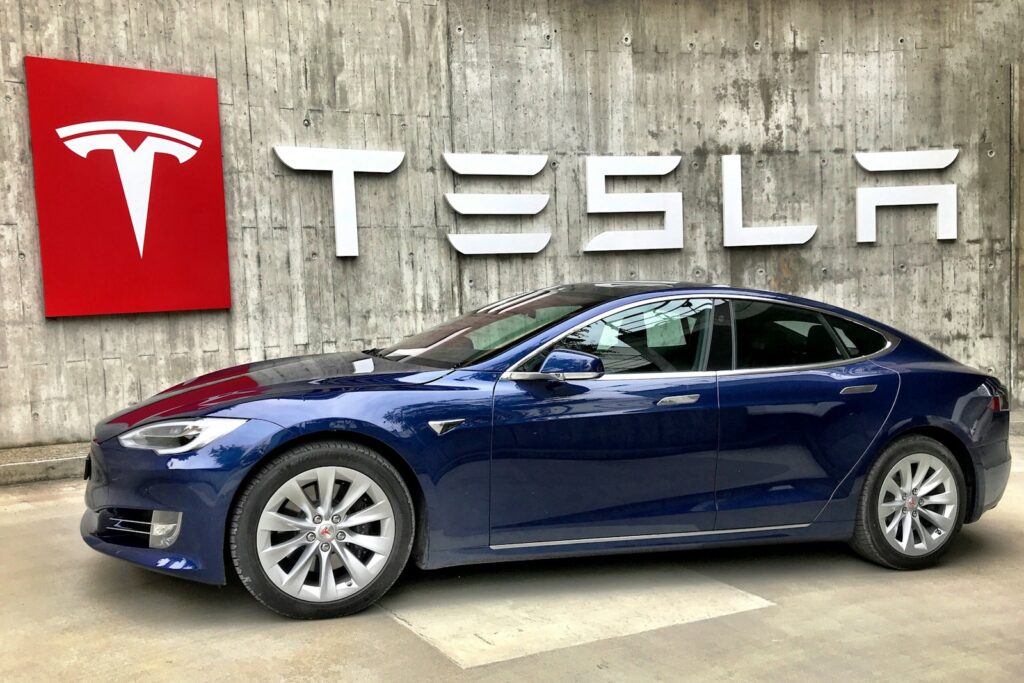
15. Navigating the Future: Practical Advice for Tesla Owners
In an era where vehicles are increasingly defined by code, Alan’s story and the broader discussions around Tesla’s software updates provide crucial “practical guidance” for owners facing similar technical challenges. Knowing how to navigate these advanced systems, particularly when key features like Autopilot malfunction, can significantly impact both financial outcomes and peace of mind.
When Autopilot or FSD unexpectedly stops working, the first step for owners is to “document the symptoms” meticulously. This involves noting exactly which functionalities (like cruise control, lane keeping, or traffic-aware cruise control) are affected. A complete failure, where “no. Nothing” works, as Alan experienced, indicates a different issue than intermittent glitches. Secondly, it is imperative to “always check for pending updates” as a primary troubleshooting step; a seemingly dead Autopilot computer might simply be awaiting a software patch.
Moreover, owners should “engage Tesla support directly through the app, but do not be afraid to challenge the first diagnosis.” As Alan’s case vividly demonstrated, the initial “invoice may not be the final truth.” Finally, considering an “extended warranty or service plan” becomes a “practical strategy” in an environment of uncertain repair costs, offering a crucial layer of protection against unexpected bills. Even if advanced driver assistance systems fail, it’s important to remember that the Tesla remains “still drivable,” meaning these are not failures that typically leave owners stranded, unlike some mechanical issues.
**Conclusion:**
Read more about: Beyond Range Anxiety: 12 Critical Electric Vehicle Issues Leaving Owners Stranded and Disappointed
Alan’s experience, evolving from a moment of “financial dread to relief,” encapsulates the paradox of owning a Tesla in the modern era. These aren’t just cars; they are sophisticated computers on wheels, where the solutions to problems can be as intangible as a digital patch or as concrete as a hardware replacement. The journey through these unexpected discoveries reveals both the profound potential and the intricate complexities of software-defined vehicles. As Tesla continues to push the boundaries of automotive technology, owners are increasingly empowered by over-the-air updates, yet they must also remain vigilant, questioning initial diagnoses and understanding the nuances of a rapidly evolving service landscape. The key takeaway from these collective experiences is a call for patience, informed decision-making, and a continuous dialogue between owners and the innovator, shaping a future where the driving experience is not only advanced but also transparent and reliable.

